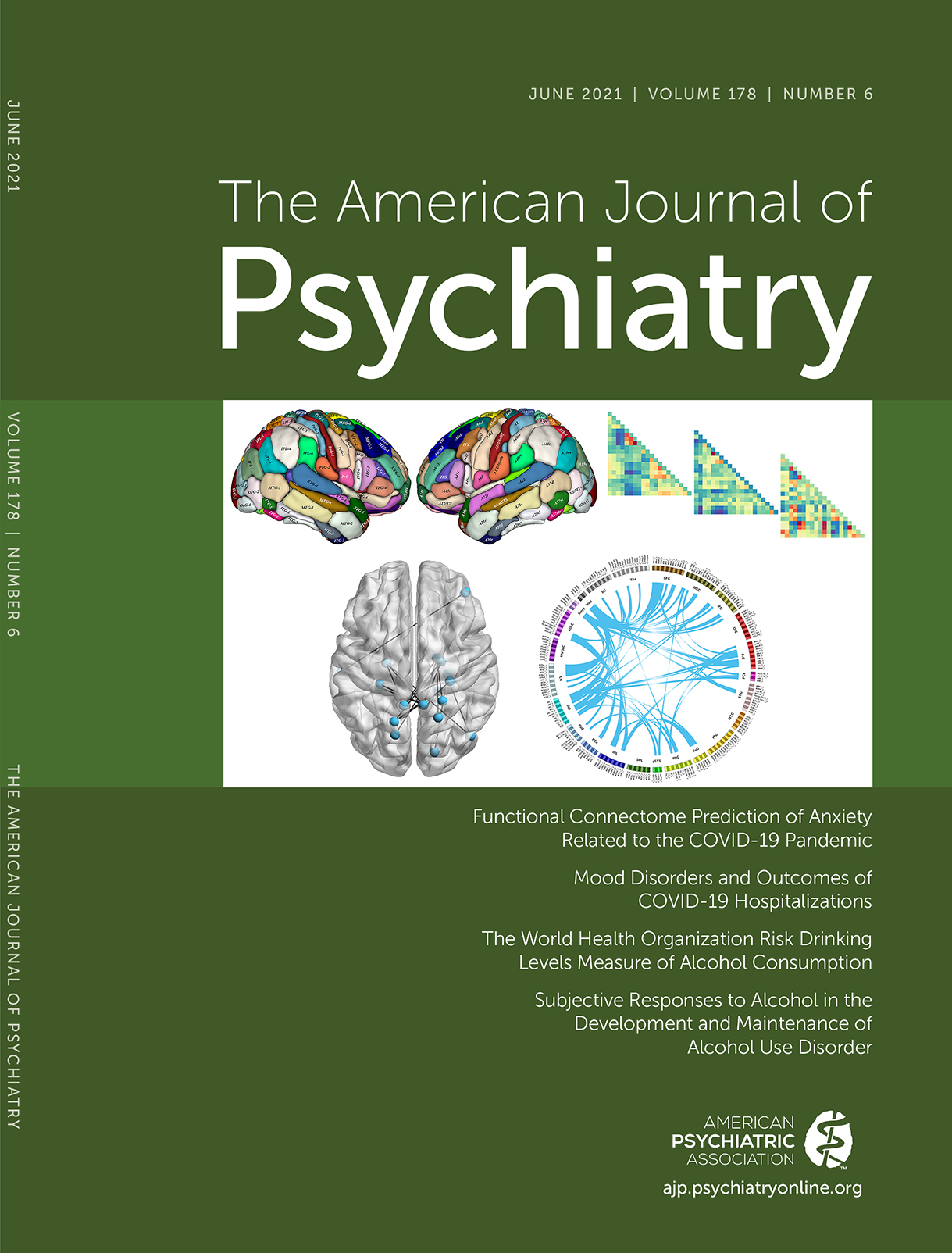Abstract
Objective:
Little is known about change over time in the prevalence of World Health Organization (WHO) risk drinking levels (very high, high, moderate, low) and their association with health conditions, overall and by gender. The authors used two sets of nationally representative U.S. survey data to determine whether changes over time varied by gender and to examine whether health conditions related to alcohol were associated with WHO risk drinking level within each survey, and whether these associations differed by gender.
Methods:
Data on current drinkers from the 2001–2002 National Epidemiologic Survey on Alcohol and Related Conditions (NESARC; N=26,655) and the 2012–2013 NESARC-III (N=25,659) were analyzed using logistic regression. Prevalence differences between surveys were estimated for each drinking level overall and by gender. Within each survey, prevalence differences by WHO risk drinking level were estimated for alcohol use disorder (AUD), drug use disorders, functional impairment, liver disease, and depressive and anxiety disorders.
Results:
In the 2012–2013 survey, the prevalences of moderate, high, and very high risk drinking were 5.9%, 3.2%, and 3.5%, respectively, representing significant increases from the prevalences in the 2001–2002 survey, which were 1.0%, 0.6%, and 0.9%, respectively. The increase for very high risk drinking among men (0.5%) was smaller than the increase among women (1.4%). Within both surveys, compared with low risk, health conditions were significantly associated with very high risk (range of prevalence differences, 2.2%–57.8%), high risk (2.6%–41.3%), and moderate risk (0.6%–29.8%) drinking. Associations were similar by gender, except that there were stronger effects for AUD in men and for functional impairment and depressive and anxiety disorders in women.
Conclusions:
The increase in potentially problematic drinking levels among U.S. adults emphasizes the need for better prevention and treatment strategies. The study results support the validity of the WHO risk drinking levels, which show clinical utility as nonabstinent drinking reduction treatment goals. Such goals could engage more people in treatment, improving public health by decreasing personal and societal consequences of risk drinking.



